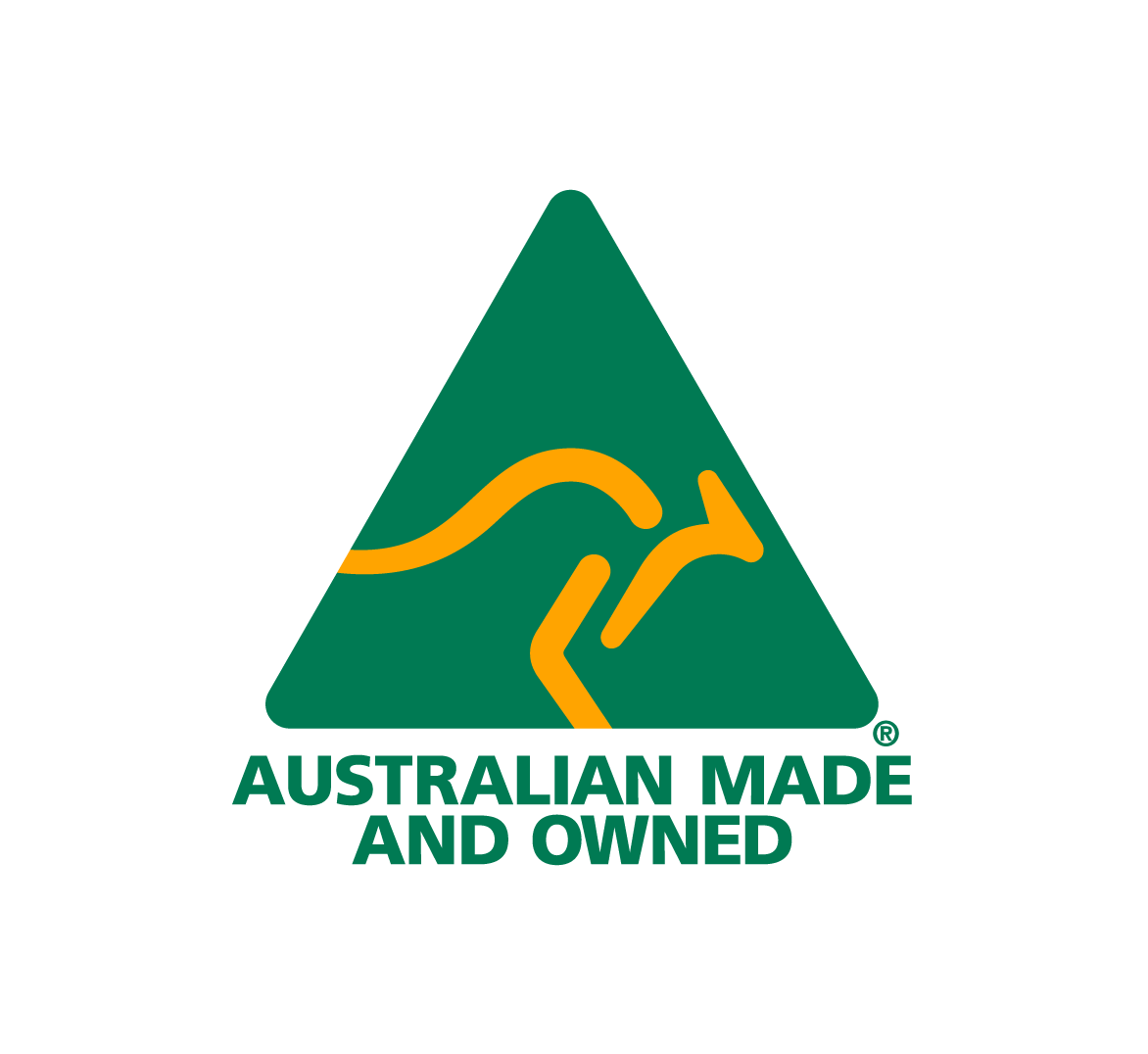COLUMN
Stories from GG’s Toy Box
By Grahame Grassby
Story 16 — Return of the Sing Books – A Showbag Surprise

In March of this year, ABC Education launched the TV program “Let’s Sing,” hosted by Emma “Emma Memma” Watkins, which marked a return to the much-loved original “Sing” radio program.
Back in the day, when I had just started my first full-time job after a seven-year journey through university, I experienced a somewhat different return of the “Sing” program. Six months into my job as a storeman at the ABC Enterprises’ warehouse in Sydney, a semi-trailer arrived with a consignment of two pallets of books for ABC School Booklets. This wasn’t unusual, as ABC School Booklets was a part of the ABC’s commercial division, ABC Enterprises, and their office was located in our building. Our warehouse was primarily used for receiving pallets of books, LPs, and cassettes—products sold in ABC Shops.
About 30 minutes later, another truck arrived with pallets of books, this time with South Australian number plates. When a third truck arrived 15 minutes later from Queensland, I knew something was up. I had never met the manager of ABC School Booklets, so after getting directions from our office manager, I went downstairs to a small office. A pleasant woman looked up from her desk, smiled, and asked, “Can I help you?”
“I hope so,” I said. “I’m Grahame from the warehouse and I was wondering if you know anything about pallets of books arriving addressed to ABC School Booklets?”
“Oh yes, that would be the Sing Books,” she replied.
“The Sing books?” I asked.
“Yes, the Sing books. I sent out an internal ABC memo to all departments advising them to return any unsold Sing Books to our warehouse.”
“And do you know how many unsold Sing books there are? We’ve already had four deliveries this morning.”
“Oh, I have no idea—but I’m sure there can’t be that many.”

The ABC School Booklets manager’s guess was a little off the mark. There were, in fact, millions of “Sing” books out there. For 20 years, unsold “Sing” books had been stored in every ABC office across Australia—in offices, basements, off-site storage facilities, and even home garages. All it took to unleash this flood was one simple inter-office memo: “Please return any unsold ABC School Booklets to ABC Enterprises Warehouse.”
The next day, with trucks queuing to deliver their pallets of “Sing” books, I went back to the School Booklets manager’s office.

“Claire, you’ll have to do something about these “Sing” books. We’re running out of room to take any more deliveries.”
Claire simply said, “Call Graeme Clifford, he’ll know what to do. I’ll just find you his number.”
I called Graeme Clifford. Clifford, as I call him due to our name clash, did know what to do—he had them all delivered to his warehouse instead. This is how I met Australia’s biggest book remainderer and discovered that Clifford’s warehouse was where book publishers from all over the world dumped all their unsold books. I had stumbled upon one of the world’s largest book graveyards.
After taking delivery of 90 pallets, the deliveries of the “Sing” books finally stopped. For 20 years, ABC School Booklets had been publishing around one million copies of the “Sing” book each year and sending them to every ABC office in Australia for teachers to pick up. No one ever realized that they never actually sold all the books that were sent out each year, and there were more than three million “Sing” books just waiting for that one memo.
The three million “Sing” books were sold to Clifford for a few cents a copy, who then on-sold them to a seller of carnival showbags for a few cents more. Clifford made a few dollars, saved my bacon, and became a lifelong friend. For the next few years, carnival showbags sold at agricultural fairs all over Australia included an old ABC “Sing” book.
This article originally appeared in Edition 17 of The Toy Universe Magazine





